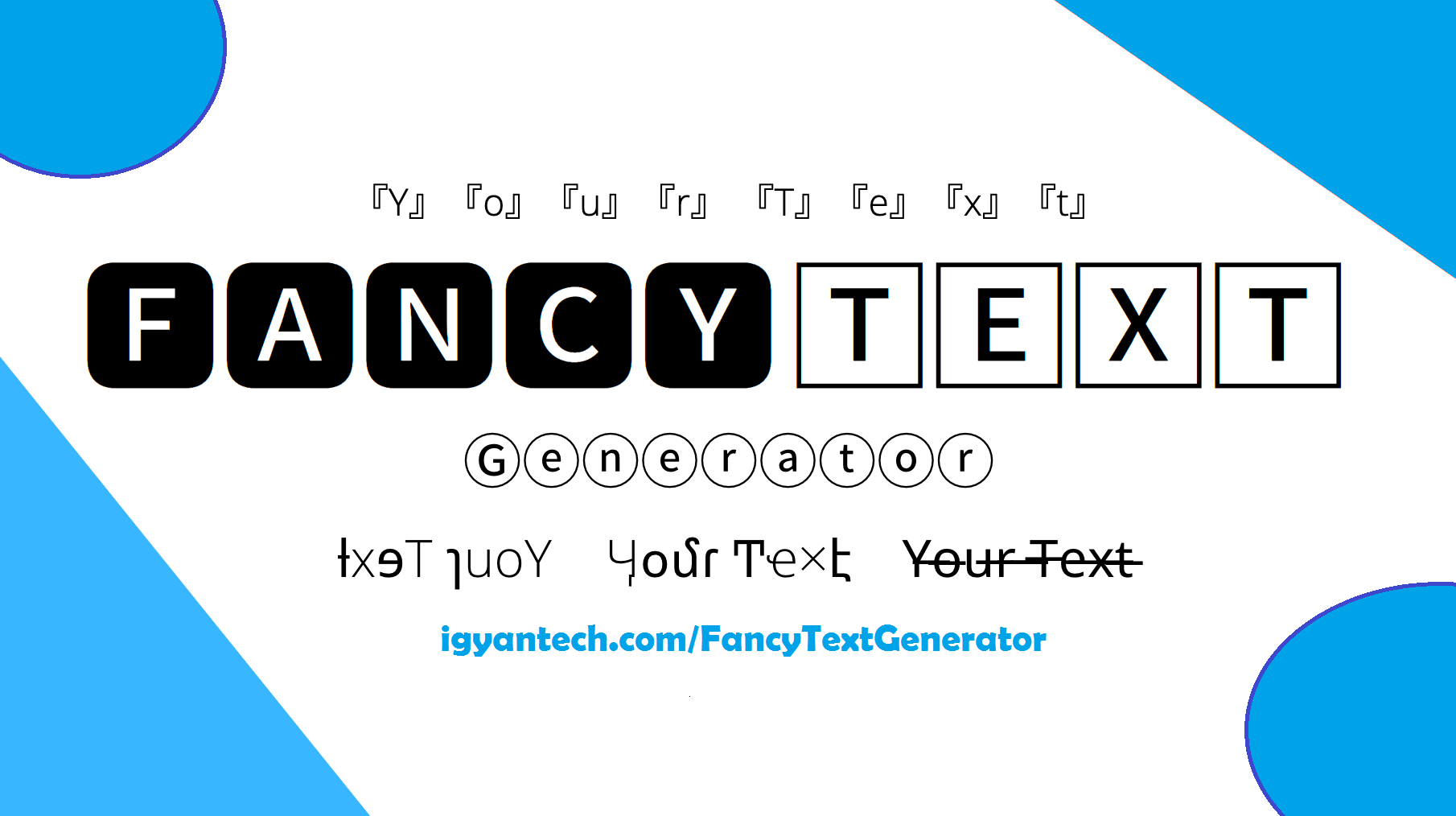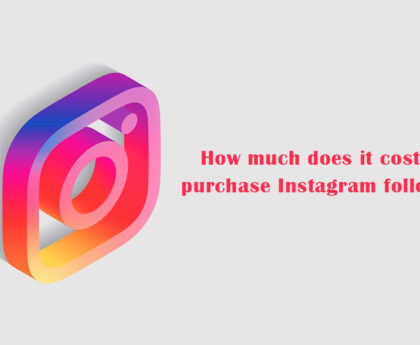Fancy fonts are the perfect way to make an impression and capture your audience’s attention. Today’s inspirational meeting is all about fancy font typography. A decade or two ago, designers shied away from fancy fonts because they were seen as overdone. However, as creative fonts have increasingly become an art form in their own right, fancy fonts have played a central role in design. In today’s recap, we’ll look at the very vague terms used to quantify fancy fonts, followed by best practices to use. Next, we’ll close with some free and premium fancy font options that you can use to enhance your next project.

What makes a font fancy?
Whether you call them whimsical, fancy or stylish fonts, the use of these fonts is the same:
Remarkable and uplifting design. fancy font are family of fonts that bring more artistic and creative design to the room. These fonts break the mould. They are designed to make a big impression, to make a statement and to express imagination. Because determining a preferred font is so subjective, it can come in many different styles and designs. The most traditional elegant fonts are lettering, with exaggerated curves and swirls. More modern options include art deco fonts, tefwins with alternating thin and thick lines.
About Fancy font balance
Because fancy fonts are superior, the first key to balancing. in your design is to use them sparingly. The preferred font should be front and center. Think of them as title fonts. They attract attention, but it’s not their job to keep it. Along with using fancy fonts will create contrast in a design. Glossy headline fonts work great as a centerpiece, but to balance out the purely decorative nature of these fancy fonts, you’ll need simpler fonts. A perfect example of this is using a script font. Script fonts are notoriously hard to read, but they look good enough.
Combining different font types with fancy fonts produces the following key to balancing fancy fonts:
Intuitive hierarchy. Fancy fonts are what most designers want people to notice first. It can be a logo or a title. The next question is where will the eye look after noticing the preferred font? The process of thinking where the eye should look, or what the audience should notice and in what order, is called visual hierarchy. Fancy fonts are used to attract attention. The balance comes when designers decide what is the next most important factor, then use typography to make those differences obvious.
Typography is the art and technique of arranging typefaces to make written language easy to read, read, and attractive to display. The part of typography that includes typefaces is a collection of letters. Each typeface consists of several fonts that follow a set of rules that make it part of a particular font type. Fonts are visual elements used to convey information or display messages to the reader.
Wrapping Up
As with any visual input, fonts also convey a hidden message that changes the way the reader perceives the text, regardless of the content itself. Each font is a unique set of letters with different weights, widths, and styles. However, some fonts share similarities in these properties and thus form a typeface, a family of related fonts.



